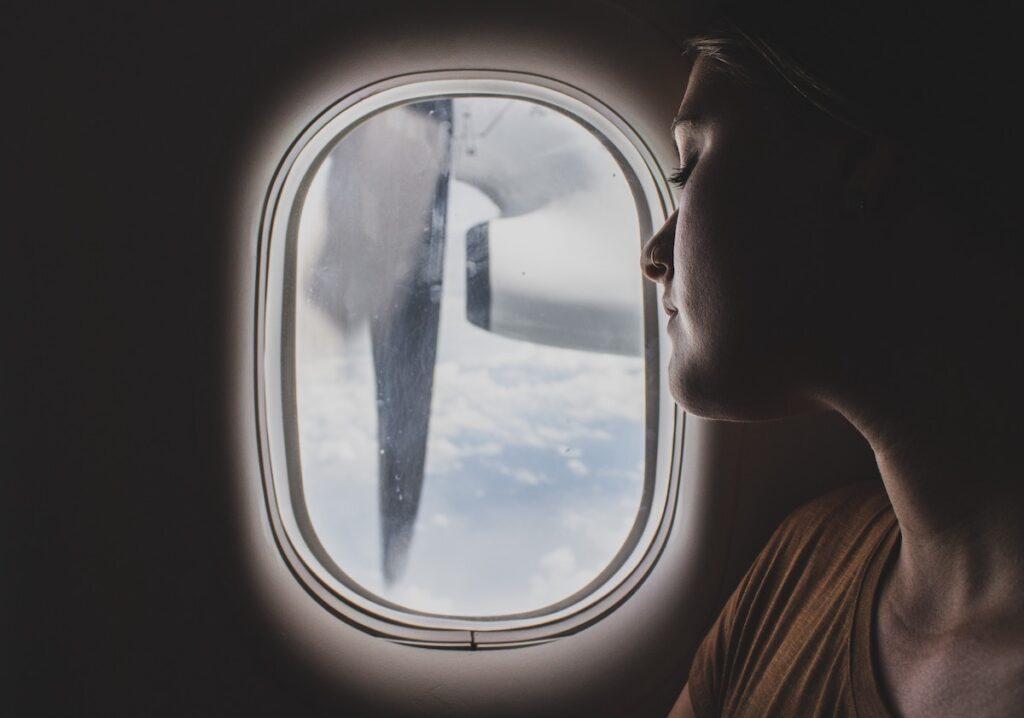By Sydney Hawkins
In an increasingly globalized world, people travel not only for leisure but also for work. While travelling can throw you off your healthy habits and daily routine, our previous article highlights wellness tips from seasoned travellers so you can stay in shape and perform at your best.
These include finding time to exercise, getting enough sleep, and prioritizing nutritious options even when dining out. However, one thing that typically gets overlooked among workers going on business trips is proper eye care.
Since your vision and eye health can impact your quality of work and overall safety, here are ways to take care of your eyes while on the road.
Wear Sunglasses

Although sunglasses are typically associated with summer beach getaways, professionals should invest in a pair of sunglasses regardless of when and where they travel for work.
This is especially true in light of the Canadian Ophthalmological Society encouraging the consistent use of sunglasses to reduce UV exposure, which otherwise poses a risk of developing cataracts and other eye conditions. So, even on cloudy days, wear sunglasses with 100% UV protection whenever you’re outside.
Oversized frame styles can maximize coverage of your eyes and the surrounding area, while lens options like polarized filters and prescription lenses can accommodate specific vision and lifestyle needs.
Monitor Humidity

Besides prolonged UV exposure, dry eye syndrome is another risk you should prepare for while travelling. An Optometry Times article notes that travellers usually experience symptoms like burning, stinging, and irritation during flights due to the low humidity and high-intensity personal vents in airplane cabins.
Thus, eye care practitioners advise repositioning the air vents to adjust the airflow and prevent damage to the eye’s tear film. The effects of humidity can be particularly intense among contact lens wearers, so it helps to wear glasses on flights to decrease overall wear time and prevent the risk of eye infection.
Besides airplanes, travel locations like the Caribbean and Mediterranean regions can also be relatively low in humidity, making topical ophthalmic drops like artificial tears worth packing to keep your eyes moisturized.
Bring Backup Eyewear and Eye Care Products

While going on a trip can help you relax and unwind, it can also expose you to accidents that may compromise the type of eyewear you use for protection and/or vision correction.
Not only is replacing lost or damaged eyewear costly when you’re far from home, but it can also disrupt your travel schedule. So, consider bringing a backup pair of eyeglasses or contact lenses in case of emergency.
Meanwhile, if you use prescription eye drops for dry eye, glaucoma, or allergies, be sure to pack extra unopened bottles since what’s available in your home country may not be available in other continents like Europe.
See an Eye Doctor
Lastly, don’t wait until you experience signs of eye disorder or vision changes before seeing an eye doctor. Make an appointment with your ophthalmologist ahead of your trip to ensure your vision and eye health are in top condition before you leave.
According to the Canadian Ophthalmological Society, getting clearance from your ophthalmologist is especially crucial if you recently underwent eye surgery for glaucoma, cataract, or retinal transplant.
Similarly, you don’t have to wait until you get home to consult with an ophthalmologist. As soon as you experience pain, discomfort, or changes in your vision, arrange an appointment at the nearest eye clinic.
Make sure to check if your company insurance covers overseas visits to save costs. No matter where you go, prioritize eye care to make the most of your business trip and look forward to your next travels.


